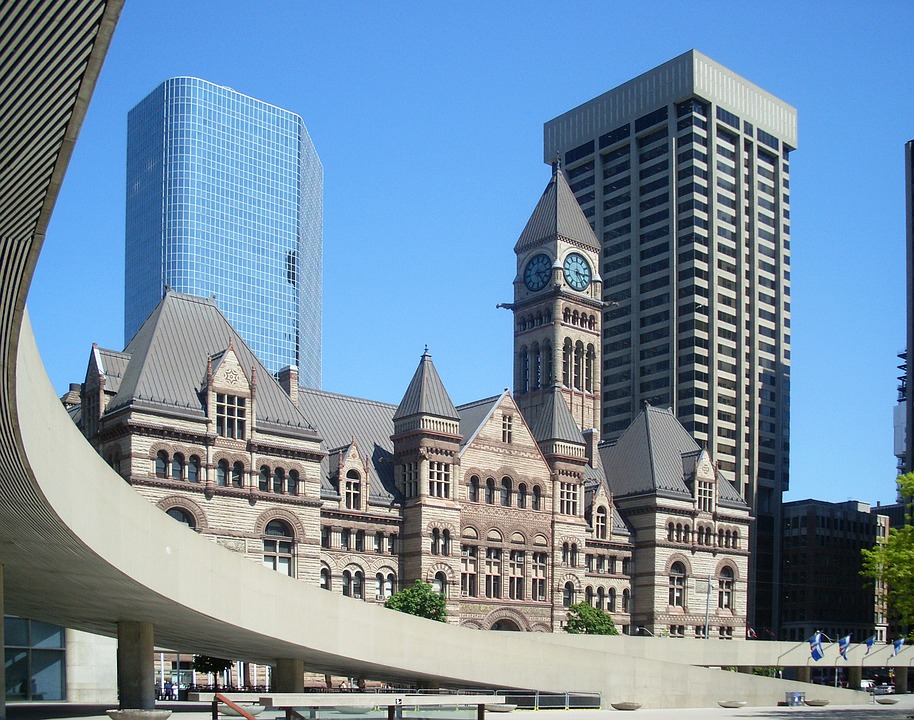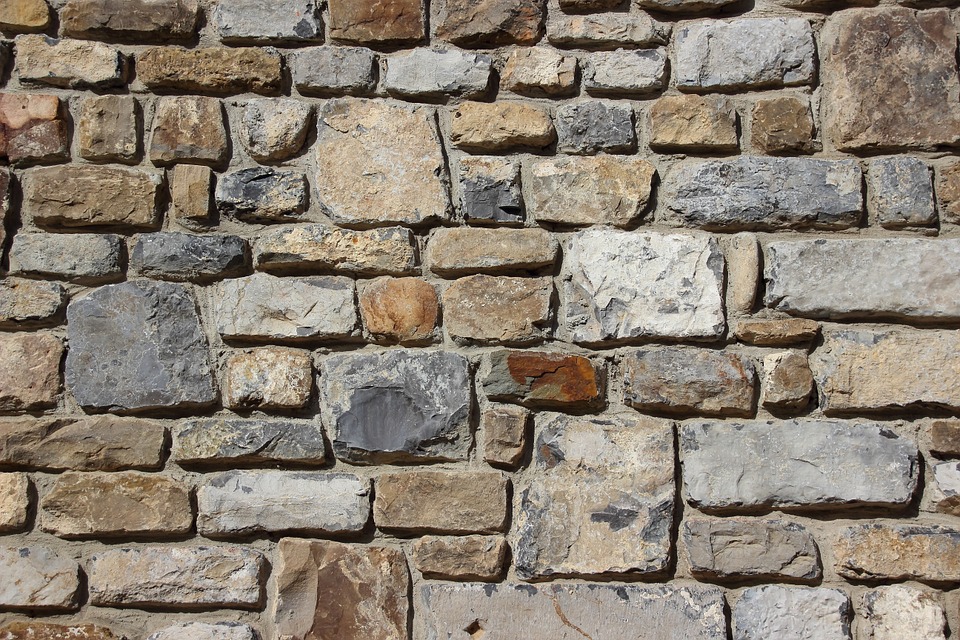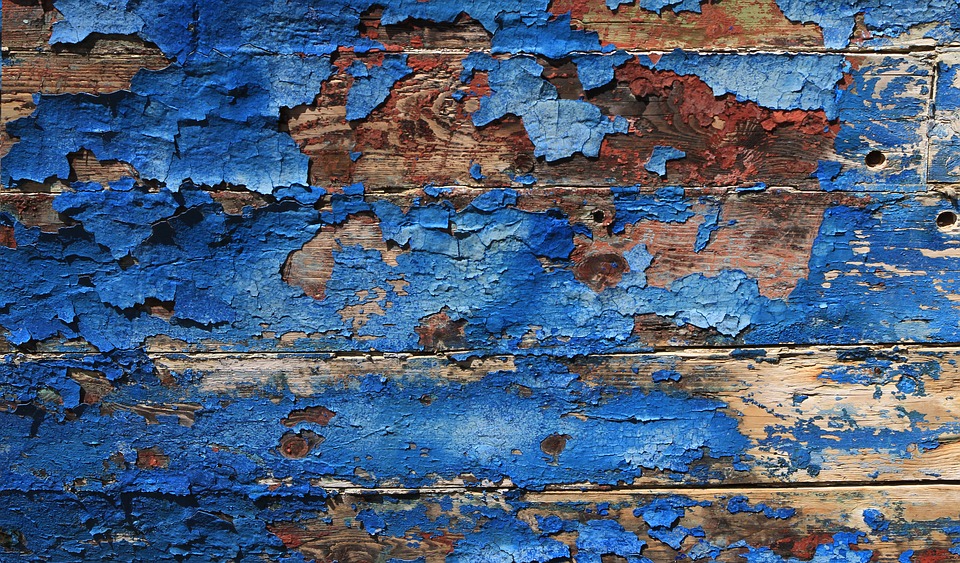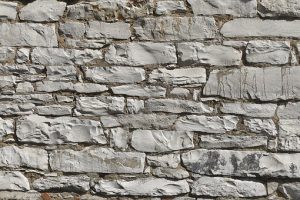
One of the major causes of damage to historical buildings is improper cleaning and coating services. One or the other may be appropriate in some specific situations, however, both treatments may cause serious damages and even destruction to a historical building if they’re not done properly. Historic masonry includes brick, stone, architectural Terra-cotta, concrete and concrete blocks, cast stone and more. Often, it’s cleaned in an effort to improve the appearance of the building, however, this is where damage may occur. If not done properly, it may actually cause more harm than good according to historical records.
It would be a wise choice to select a professional commercial cleaning service. There are hundreds of companies in the Toronto GTA area but only a few who know what their doing when it comes to historical restoration.
The goal of this article is to offer important information regarding the variety of proper cleaning methods and materials to ensure that the exterior of a historical building is properly cleaned and maintained. It’s vital to the integrity of the building to ensure that the proper and most appropriate method of cleaning is undertaken. It’s important to understand the difference between water-repellent and waterproof when considering the purpose of each. The suitability of the various applications for historic masonry as well as the potential consequences of using inappropriate methods are fully discussed and investigated in this article.

With the intent of understanding how sensitive historic masonry can be and what makes it extra special, this article is intended for historic building and property managers who are working alongside architects and architectural conservators as well as contractors in an effort to restore such buildings to their original state. While specifically intended for historical buildings, it’s also very applicable to any masonry building. This article expands on the Preservation Briefs 1: Cleaning and Waterproof Coatings of Masonry Buildings. It’s not intended as a cleaning manual nor as a guide for preparation specifics. Instead, it’s intended as general information that is to raise awareness of the factors that are involved in choosing the proper cleaning methodology and the proper water-repellent treatments for all historical and non-historical masonry buildings.
Preparing For The Cleaning
Reasons For Cleaning

First and foremost, it’s vital to determine whether or not the masonry is in need of cleaning. The main objective of cleaning any historical masonry is to consider why it needs to be cleaned. There are many serious reasons to clean a historical building. 1. To improve the appearance of the building by removal of any dirt or soil or debris. 2. To remove any non-historic paint on the masonry. 3. To halt any deterioration of the masonry or make appropriate repairs. and 4. To check the condition of the masonry to ensure its integrity.
The nature of soil and debris on the building must be identified in order to select the proper method to remove it from the building in the most gentle way possible. This method should be the least damaging method to the building. A good example would be that soot and smoke must be removed with a different cleaning agent than that of metallic or oil stains. There are other issues to consider when cleaning including biological growth like mold and mildew and organic matters like tendrils that are left on the masonry after such things as ivy have been removed from the masonry.
Consider The Historic Appearance Of The Building

For paint removal, it’s vital to ensure that the paint is historically appropriate for such masonry. It’s also important to determine why the building was painted in the first place. Was it painted to conceal deterioration? Or, was it painted to protect softer brick or masonry? It may also have been painted as it was fashionable at the time to paint masonry. Regardless of the reason, it’s important to have an understanding of the reason that it was painted to understand the proper method of removal. If, for example, it was painted to stop deterioration, it may need to be removed differently than if it were painted to keep up with the fashion of the era. If the paint has been on the building for a long period of time, it may also require a different removal method than if it was only painted in the past decade.
Consider The Practicality Of Cleaning Vs. Paint Removal
It’s important to understand that gypsum or sulphate crusts may have melded together with the masonry and improper cleaning could net the result of removing the surface of the stone. In such instances, it may not be the right decision to clean the masonry. The removal of the paint may be seriously damaging to the masonry. It may be wiser to leave the paint on such masonry rather than destroy the original mason work. Older paint layers may build up to the extent that removing it may seriously damage the brickwork. Other times, it may be necessary to remove the paint so that newer paint will adhere properly to the brickwork.
Study The Masonry
While not always necessary, sometimes, it can benefit to research the type of paint and the specific colors  used prior to attempting to remove the paint. By analyzing the very nature of the soil and dirt as well as the paint, it can be determined the best means of removal or if it needs to be removed at all. Professional consultants, as well as architectural conservators or conservation scientists or even preservation architects, can all be great assets to such a task. Consider historical district commissions or even preservation organizations as sources of information when making this determination.
used prior to attempting to remove the paint. By analyzing the very nature of the soil and dirt as well as the paint, it can be determined the best means of removal or if it needs to be removed at all. Professional consultants, as well as architectural conservators or conservation scientists or even preservation architects, can all be great assets to such a task. Consider historical district commissions or even preservation organizations as sources of information when making this determination.
Understanding The Building Materials
The actual construction of the building should be considered when determining the cleaning process. Inappropriate cleaning can have a disastrous effect on masonry as well as the other materials that make up the building. Masonry and other materials must be properly identified in order to properly determine the right method of cleaning. Distinguishing one kind of stone from another such as sandstone vs. limestone is important to the integrity of the cleaning process. What appears to be a natural stone may not be actual stone but rather concrete or cast stone and terra cotta may have been used in with natural stones. This is especially true for trim and upper stories of buildings so that they would stand out from a distance. Other important features may also appear such as decorative cornices, window hoods, entablatures, and others. They may be metal and not masonry at all.
Identify Any Prior Treatments
Previous treatments on the building and surroundings must all be researched as well. Maintenance records, as well as any other detailed information, should all be obtained in an effort to ensure the integrity of the building. If specific areas aren’t coming clean it’s important to do a closer inspection and note whether or not the discoloration is from dirt, from a water-repellent, or some other coating that has darkened over the course of time. Removing discoloration successfully may require different cleaning agents. Salts used to de-ice nearby sidewalks may have discoloured the building over the course of time. The cleaning may also attract the salts to the surfaces where they will appear to be efflorescence or powdery white substances on the building. This may require further treatment of the cleaning process in an effort to properly remove them. Always make proper allowances for tending to such potential setbacks when preparing to clean any historic building. Even if the building is only one type of masonry, different areas may require different cleaning solutions due to damage, environmental factors, and paint types used therein.
Choose The Right Cleaners
 It’s very important to test the various cleaning methods and materials in an effort to choose the proper cleaning products that will do the least amount of damage to the building. Acidic cleaners can be potentially damaging to any acid-sensitive stones like limestone or marble. This can result in etching and dissolution of such stones. Other types of masonry may also suffer potential damage due to cleaning solutions that are incompatible to the particular type of masonry. There are various types of sandstone that require different solutions to retain their integrity. These will vary by geological location and should be carefully considered prior to cleaning. Even when the stones are properly identified, there may be unexpected impurities that can alter the results. Iron may react in a negative fashion with particular cleaning agents and sometimes, sandstone will have iron particles in the stone itself that may affect the overall results. Thus, having a complete understanding of the cleaning agents and how they will react with specific stones and agents is vital to retaining the integrity of the building.
It’s very important to test the various cleaning methods and materials in an effort to choose the proper cleaning products that will do the least amount of damage to the building. Acidic cleaners can be potentially damaging to any acid-sensitive stones like limestone or marble. This can result in etching and dissolution of such stones. Other types of masonry may also suffer potential damage due to cleaning solutions that are incompatible to the particular type of masonry. There are various types of sandstone that require different solutions to retain their integrity. These will vary by geological location and should be carefully considered prior to cleaning. Even when the stones are properly identified, there may be unexpected impurities that can alter the results. Iron may react in a negative fashion with particular cleaning agents and sometimes, sandstone will have iron particles in the stone itself that may affect the overall results. Thus, having a complete understanding of the cleaning agents and how they will react with specific stones and agents is vital to retaining the integrity of the building.
Other materials may also be affected by specific cleaning agents. Many chemicals, for example, may be corrosive on paint and glass. Areas of the building that are more vulnerable may have serious deterioration that can be affected by these cleaning agents. Embedded ends of iron window bars, for example, may not be readily seen but may cause a serious chemical reaction that can affect the overall outcome of the project. Study the construction and ensure that there won’t be any surprises. Each project is a unique, one of a kind, project.

